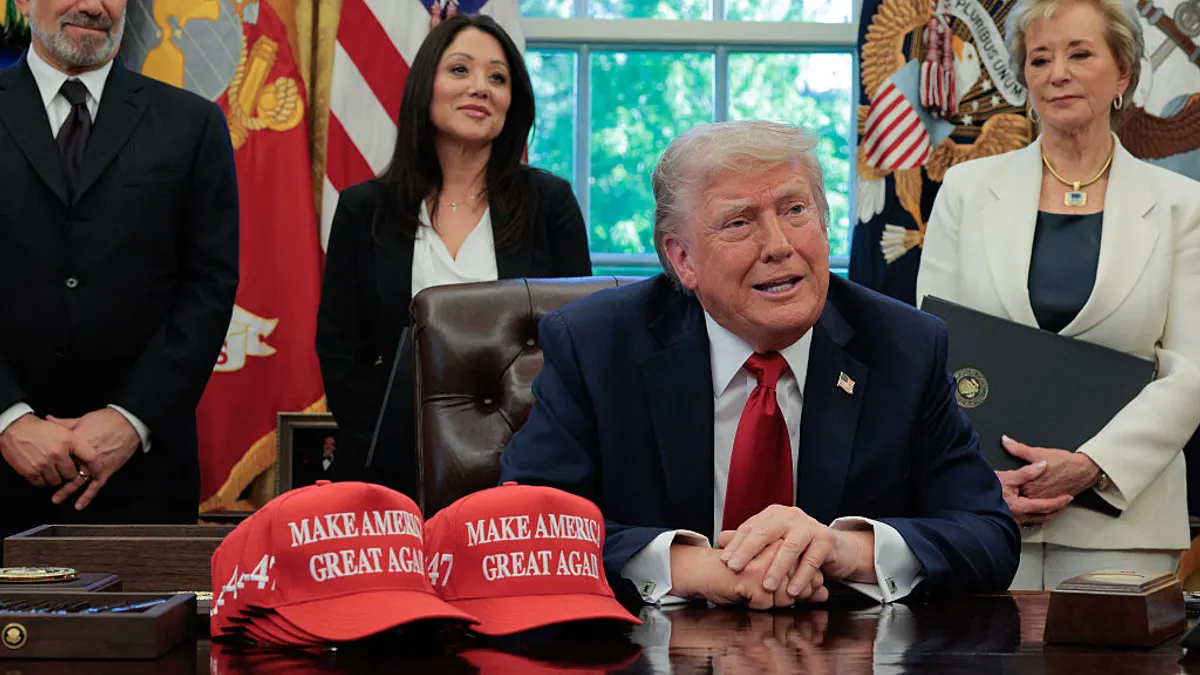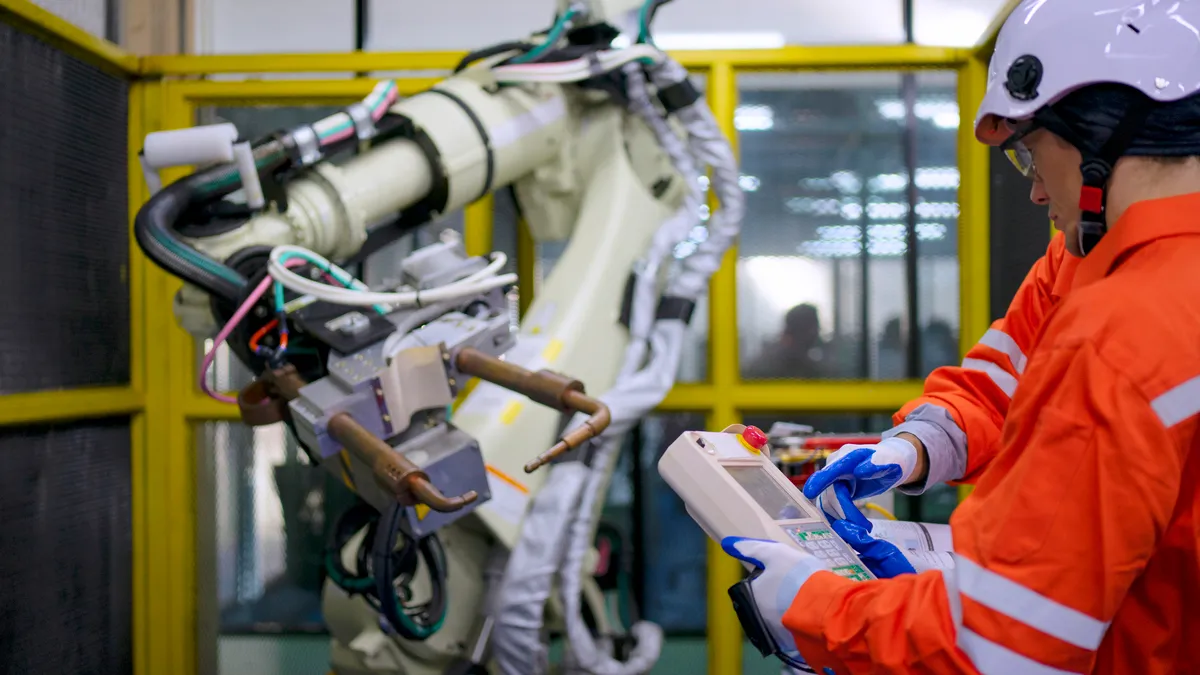Christopher Mullin, Ph.D, is strategy director of data and measurement for Lumina Foundation.
I have been on a scavenger hunt of sorts: Reading through reports, spreadsheets, appendices and footnotes to understand workforce training credentials.
The credential landscape is sprawling, and it falls in a squishy, less-regulated space than traditional higher education. But to increase the nation’s attainment rate, we need to figure out what types of credentials students are earning, where students are learning and what value those credentials hold in the workforce.
I have deep expertise as a researcher and policy leader in this space, but I have also learned a lot. And one finding shocked me:
Federally funded workforce programs are not required to offer students a credential upon completion. This is a huge gap in the federal workforce training system, which in 2021 spent about $547 million to upskill more than 220,000 people, according to a recent article by The Hechinger Report.
A credential is an asset, a tangible and trusted way to show employers the qualifications that a job candidate holds. Without a credential, students may not gain the economic advantage they were seeking by participating in a workforce training program.
The federal workforce training system has come under fire recently for being too unwieldy for students to effectively navigate, with the government providing little oversight and failing to collect useful data on outcomes.
Leaving successful students without credentials only further shows the system prioritizes training to benefit businesses, not to bolster a person’s human capital. If the system were built to empower learners first, then it would ensure completers leave with an asset.
How are federal workforce program outcomes measured?
Nobody would give me a straight answer when I first asked what participants earn when they complete training. Finally, a source at the U.S. Department of Labor, a person involved in the last reauthorization of the Workforce Innovation and Opportunity Act, and primary source documents all confirmed that federal law merely suggests that training providers may confer a credential — but they are not required to do so.
Federal workforce training providers report on whether a program leads to any of the following outcomes: an industry-recognized credential; a certificate of completion from a college or apprenticeship; a license; an associate degree; a bachelor’s degree; a high school diploma; employment; or measurable skills that can lead to a job or credential.
Learners are all considered to “exit” if they leave training without completing the program, finish a program or transfer to another program.
But there are things that happen between exiting a program and achieving one of the outcomes that can erase individual accomplishment. For example, a student could finish training but fail a background check, preventing them from getting a job. Or a student could not be able to afford to take a certification exam.
Without a credential in hand, a trainee who simply “exited” can encounter challenges with finding other work, documenting their learning if they move, stacking learning into another related credential, or showing their value. (Just go into any office where diplomas and awards adorn the walls.) Holding a credential can also boost earnings.
From a public policy and employer standpoint, a takeaway here is that more people have completed training than the data allows us to understand.
How could completers of federal workforce programs be recognized?
One default response from providers is that students leave and get a job before they finish training. As someone who once oversaw and revised program approval processes, that sounds like a design issue. If any learner can leave and get a well-paying, sustaining job part way through, then is the program too long? And wouldn’t learners benefit from a redesign allowing them to leave with a credential and get a job?
For short-term training, students could still obtain a microcredential.
A chancellor overseeing federal workforce programs once gave me this example: Short-term training could teach the ability to fix car brakes, whereas a longer program would lead to an Automotive Service Excellence certification that includes a wider range of skills.
But when a learner knows how to repair brakes, they could get a badge, certificate of completion or other microcredential. This is the type of microcredentialing that the larger corporate, educational, and governmental community is just starting to embrace.
Imagine what would happen if everyone who completed a training program was awarded a credential. It would empower individuals by recognizing their achievement and lead to positive outcomes for applicants who have a document that attests to their knowledge, skills and abilities.
Ensuring credentials as an outcome of federal workforce programs would prioritize both the learner and the employer. Until then, countless participants in training opportunities are on a scavenger hunt alongside me.





















